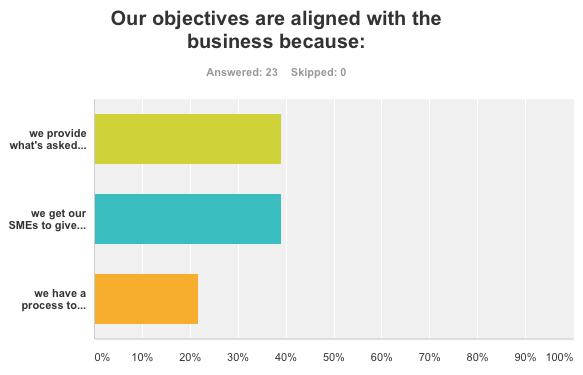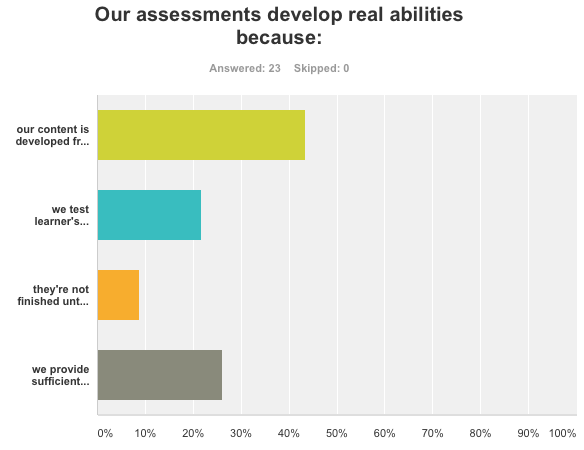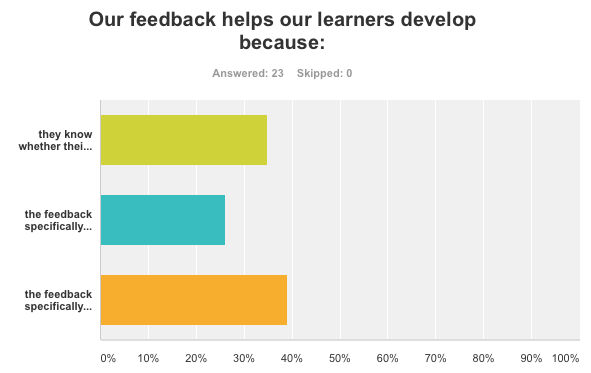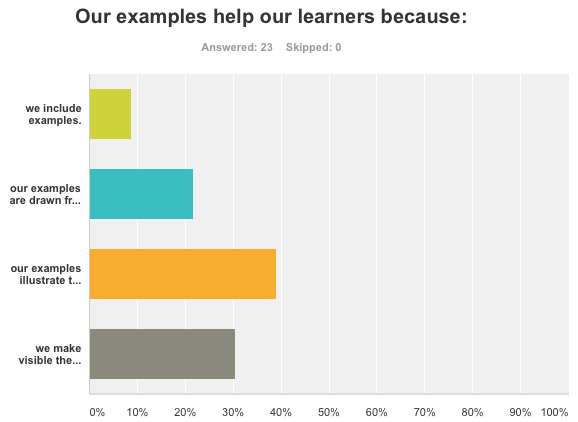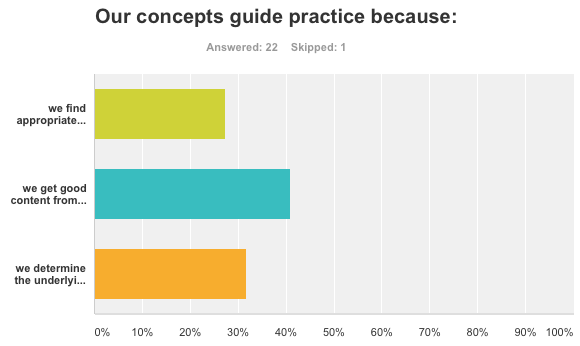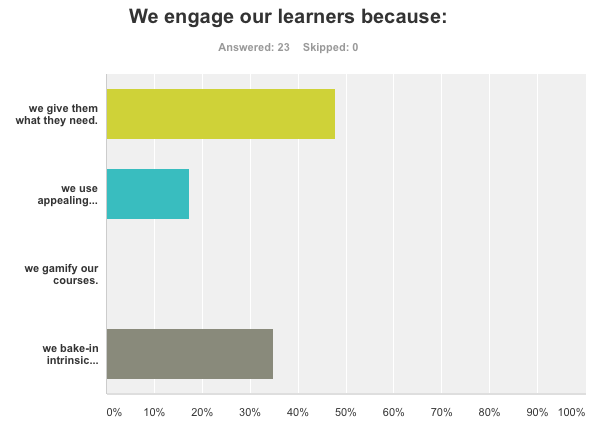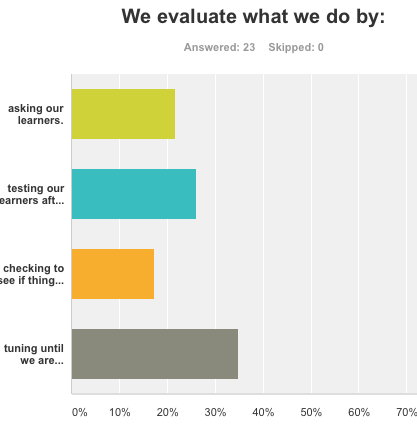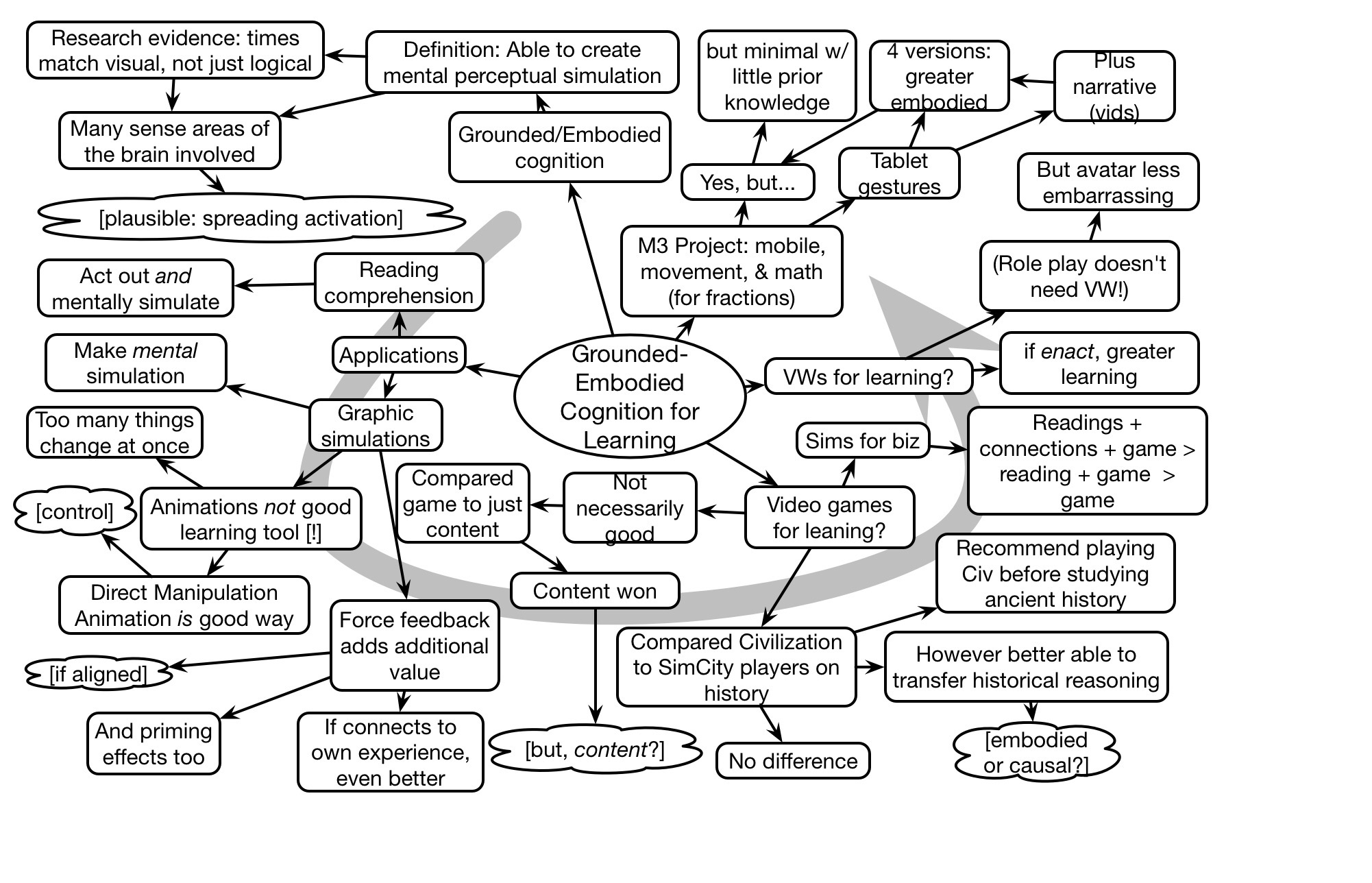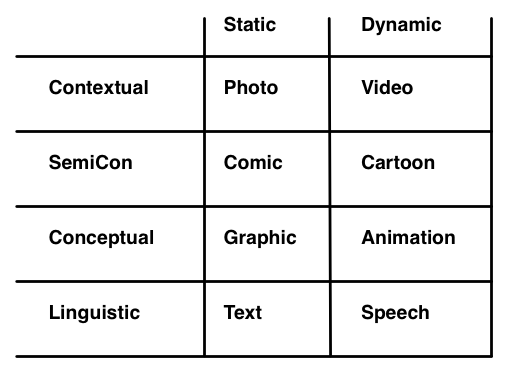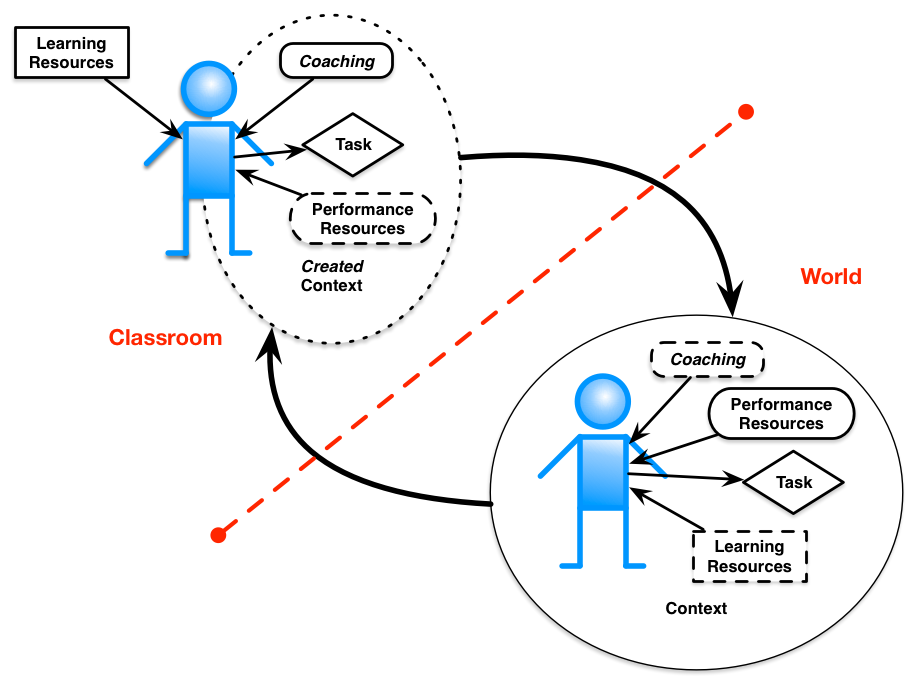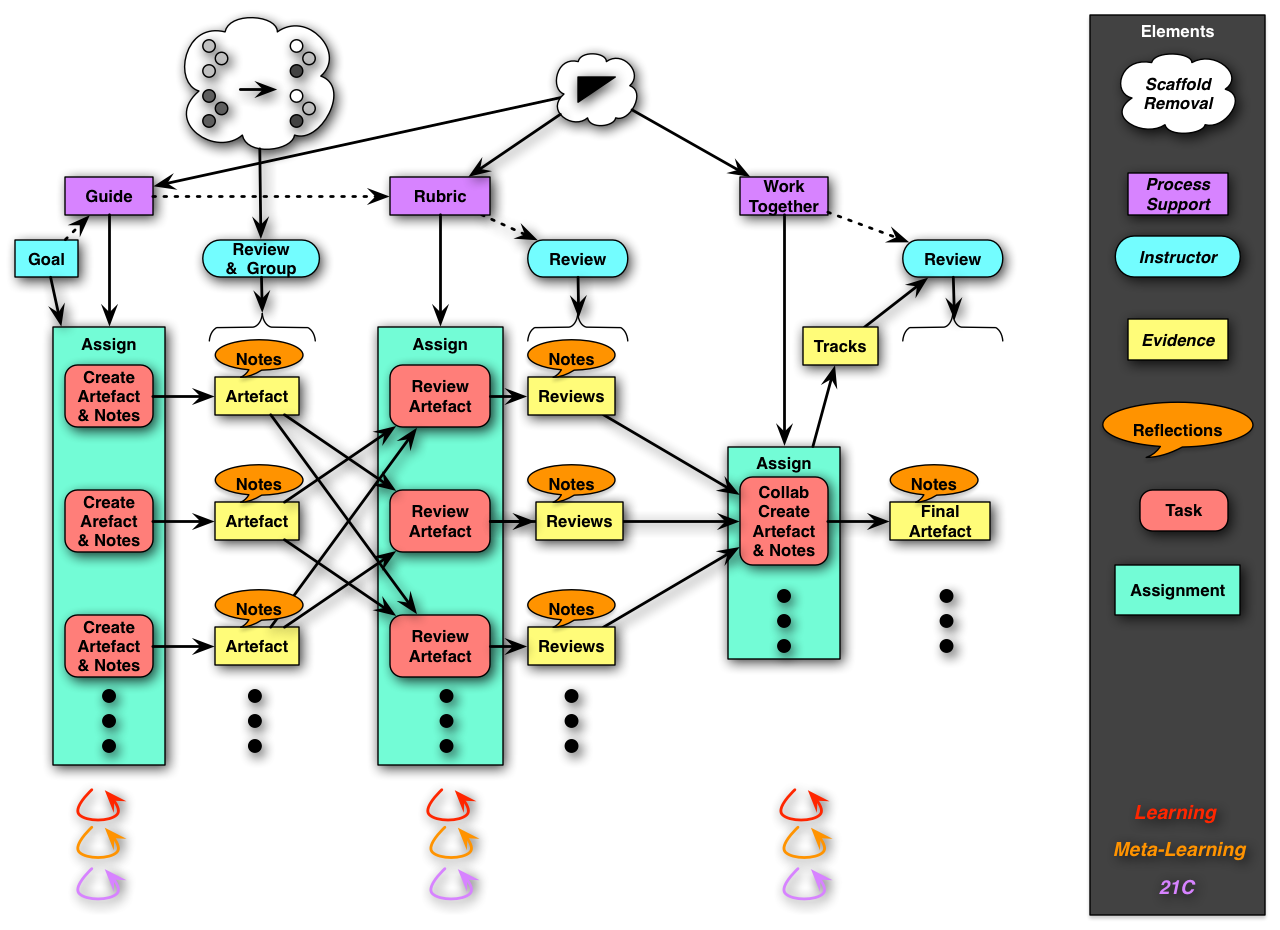As a personal reflection, the value of checklists and forcing functions can definitely be understated. As I mentioned, last week I went into the woods for a few days. And while the trip didn’t live up to our plans, it was a great experience. However, there was a particular gap that points out our cognitive limitations.
So, I have a backpacking checklist. And I look at it from time to time. What I didn’t do this time was check it before the trip. And I found out once I got away from home was that I’d forgotten both my bandana and my towel! Both are useful, and while I was able to purchase a bandana ($15! but it is microfiber and large, so I’ll keep using it), I had to do without the towel (which the bandana was a poor but necessary substitute for).
We often swim or wade in the river (and did this trip too), and a towel’s handy to get dry before the breeze chills you or the horseflies descend. The bandana, well it served as a sun cover, mosquito deterrent, towel (see above), and glasses wipe. Amongst others.
Let me add that I almost left on today’s overnite biz trip without my sleep clothes! Fortunately, I had one of those middle-of-the-nite epiphanies, and remedied this morning.
And this just isn’t a consequence of advancing age (hey, I’m still [barely] < 60!). It’s a natural consequence of our cognitive architecture, and we have well-established processes/tools to support these gaps. These include checklists to help us remember things, and forcing functions whereby we place things in ways that it’s hard to forget things.
As a consequence, I’m going to do two things going forward. One is to make sure I do check my checklist. I’ll review it for comprehensiveness in the meantime, and have developed it in conjunction with another list from an experience colleague. I have another wilderness trip, and I’ll definitely check it beforehand. Second, I’ve now put the bandana and a towel in my backpack. So I’d actually have to take it out to forget it!
Here’s to knowing, and applying, tools to help us overcome our cognitive deficits. What are you doing to help not make mistakes? And what could you do similarly for your learning design processes?
